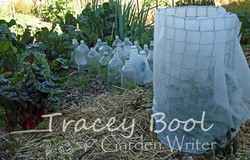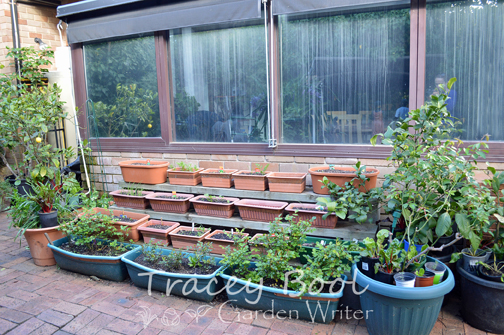|
Protect Your Garden from Jack Frost This Winter
(July 2016) As the days get shorter and the nights cool and frosty, it is time to consider your garden and how this weather affects your plants. As soil temperatures head south, plant growth comes to a standstill in all but the hardiest species, and many enter dormancy to better cope with sub-zero temperatures and low light. Fortunately these changes generally take place over a reasonable period of time, giving plants, and people, time to adjust physically and emotionally (in our instance that is, not the plants of course, although I talk to my plants regularly just in case). There are steps you can take when designing your garden space which will help reduce the severity of frost and the impact it will have on plants. Cool winter air creeps downhill along the ground and pools in depressions, or when it reaches barriers such as structures or dense plantings. You can help redirect this frosty air from your property by creating diversion arcs surrounding your garden, running downwards. These diversions can be made of hardy shrubs, which are bushy right down to the base, or materials such as rocks, blocks or bricks. Bodies of water, rocks and even areas of paving, have the ability to raise ambient temperature and reduce frost damage to sensitive plants. Water absorbs warmth during the day and gradually releases heat during the night, consequently being of great benefit to nearby plantings. Similarly, rocks have the ability to reflect or absorb heat depending on their colour – lighter coloured rocks reflect heat onto nearby areas during the day and darker colours absorb heat and release it throughout the night. It is also beneficial to consider and practice the following when maintaining your garden and its precious inhabitants over winter:
|


